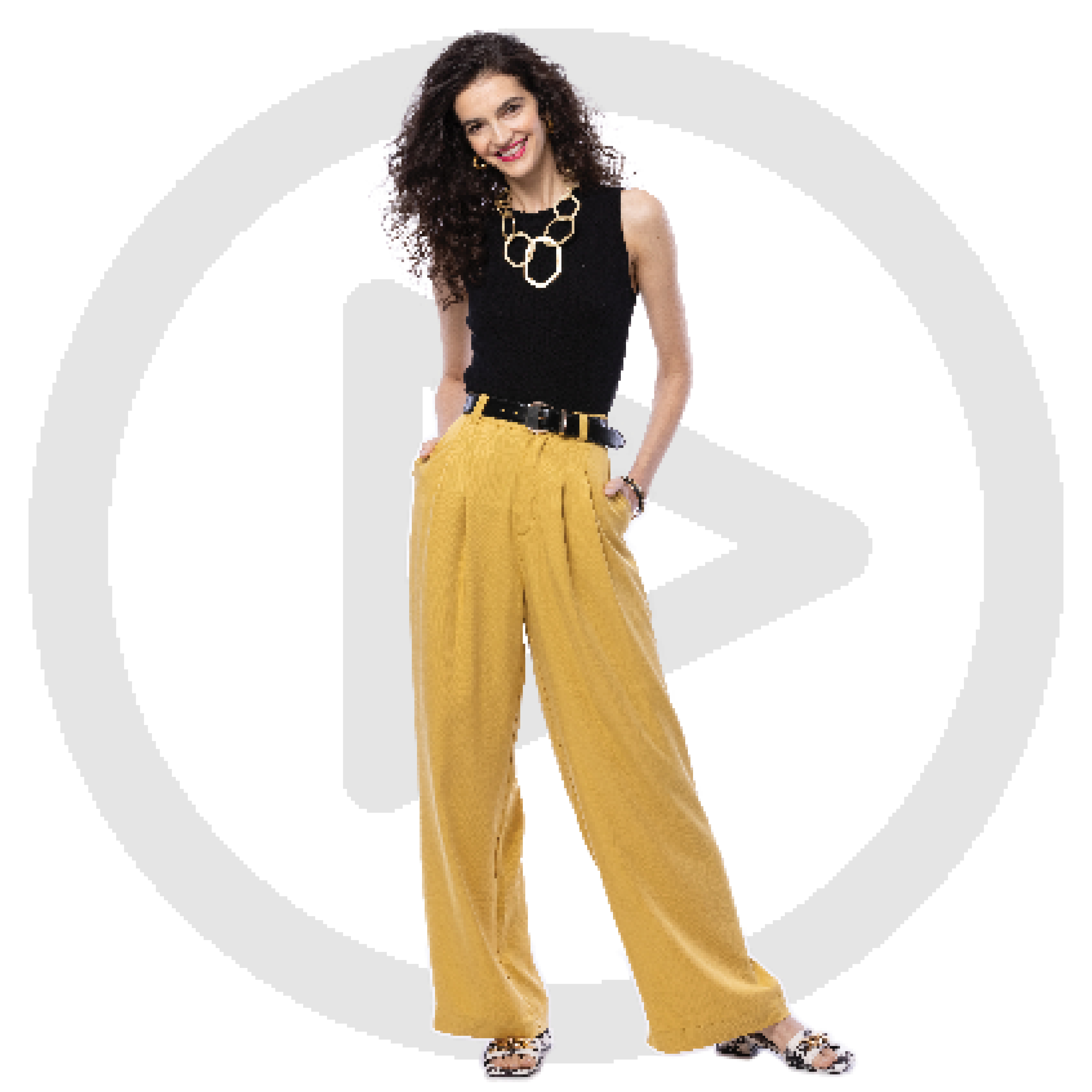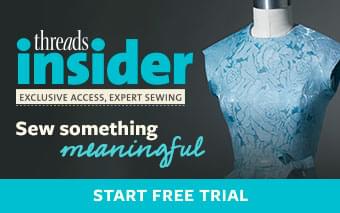My Favorite Trouser-Making Details, Part 2: Adding Internal Buttons

Most of us don’t think much on a daily basis about the support systems built into our clothes. But the internal structure of clothing was one of the things that drew me to garment sewing. Once I noticed all the details like underwires, boning, and interfacing, I realized there was a hidden world right under my nose. Among these concealed structural elements I love so much are the internal buttons found in trousers and some skirts.
I hadn’t come across these internal buttons before I started sewing, as they are more common in menswear. Finding out about them was an aha! moment. This article may help some of you have that same moment of realization.
I’ll share my rationale for adding these buttons, as well as two simple ways of incorporating them into your next project.
The Purpose of Internal Buttons
What do these buttons do? To put it simply, they help distribute the tension at the center front of trousers more evenly. The internal buttons help relieve some of the tension typically carried by the central zipper and/or button(s). They are especially useful in two cases:
Pleated trousers: I think pleated trousers look their best when the pleats aren’t trying to spread open, and this can happen even when there’s enough ease built into the pattern. The human body is round and squishy, so it’s only natural that the fabric we wrap around it tries to conform to that shape. By adding a layer of support inside, there is a flatter foundation that the pleats can hang from.
Tight-fitting trousers: I find it more comfortable to have two closures rather than one in tighter fitting trousers like fitted jeans. That way, the single closure isn’t digging into my body and the…
Start your 14-day FREE trial to access this story.
Start your FREE trial today and get instant access to this article plus access to all Threads Insider content.
Start Your Free TrialAlready an Insider? Log in





































Log in or become a member to post a comment.
Sign up Log in